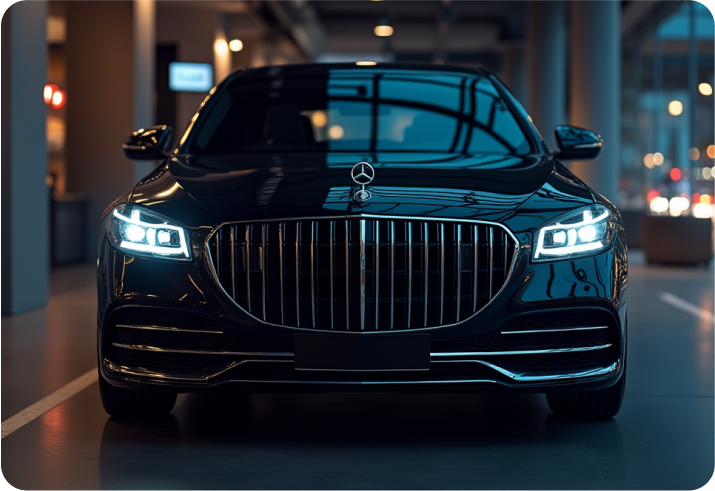An Introduction to Hydrogen Fuel Cell

Fuel cells are a clean and sustainable technology. A hydrogen fuel cell could be the best alternative to traditional fuels such as gasoline, diesel and natural gas. This article will outline how fuel cells work, hydrogen fuel cell vehicles, and any potential drawbacks associated with their use.
What Are Hydrogen Fuel Cells?
Hydrogen fuel cells are a clean, efficient way to produce electricity. They are powered by the chemical energy released when hydrogen and oxygen combine to generate electricity and heat. While only water vapour is emitted as a by-product, it's important to note that there is no carbon dioxide or other pollutants associated with this form of energy generation. Fuel cells are versatile by nature and have a variety of applications, including fueling transportation and providing backup power. They can provide power for everything from major power plants to handheld devices.
Hydrogen-based fuel cells are more efficient and produce less pollution than combustion-based technologies. Unlike combustion systems, which release carbon dioxide and other pollutants into the atmosphere, hydrogen fuel cells only emit water. They also operate quietly since they have fewer moving parts than a combustion engine.
Working Of A Hydrogen Fuel Cell
Hydrogen fuel cells are an efficient method of producing electricity. A fuel cell requires both hydrogen and oxygen to generate electricity, but the by-product of this reaction is water. A pure-hydrogen fuel cell produces no pollution at all. A stack of individual cells is at the heart of any fuel cell, each with two electrodes – one positive and one negative – sandwiching an electrolyte. Hydrogen is fed to the fuel cell from one side. Oxygen is provided from the other side. When these two gases pass over the anode and cathode, they are broken down into electrons and protons. The electrolyte allows these to pass between the anode and cathode, creating an electrical current on the outside of the cell.
Fuel cells are arranged in stacks to create an adequate amount of power for their intended purpose. However, a single fuel cell does not generate a large amount of electricity, so it is necessary to have many of them work together to produce enough energy. Also, fuel cells are like batteries, but they won't need recharging and can keep producing electricity as long as the fuel (in this case, hydrogen) keeps flowing.
There are many different fuel cell systems, including hydrocarbon fuels like natural gas, biogas, and methanol. Fuel cells use an electrochemical reaction to produce electricity instead of combustion. This makes them more efficient than traditional energy production methods. In addition, by using combined heat and power generators, the efficiency of the fuel cell can be improved.
Here's a quick summary of how a fuel cell works:
1. Hydrogen atoms enter the anode, and oxygen goes to the cathode.
2. The hydrogen atoms are split into protons and electrons at the anode.
3 Positively charged protons pass through the membrane and flow to the cathode; negatively charged electrons generate electricity and travel down a different path.
4. The electrons and protons pass through the circuit, then through a membrane to meet at the cathode and combine with oxygen to produce heat and water as by-products.
Hydrogen Fuel Cell Vehicles
As consumer demand for electric vehicles rises, manufacturers are racing to develop the most advanced technology. This has led to the introduction of Fuel Cell Electric Vehicles (FCEVs) or hydrogen-powered cars, poised to play an increasingly important role in our future.
Hydrogen cars are quickly becoming a popular option among environmentally conscious drivers eager to reduce their carbon footprint. Despite the rapid growth of this new technology, there are still several barriers to overcome before hydrogen vehicles can be widely adopted. Hydrogen fuel cell cars offer higher efficiency than their internal combustion counterparts, but high costs and a lack of hydrogen filling stations are prohibitively expensive for most buyers.
Conclusion
Fuel cell technology is a highly versatile energy source, capable of mitigating challenges with fossil fuels and ultimately addressing our dependence on them. They are highly efficient and quiet and can be used to power a wide range of electrical devices. Since time immemorial, the technology has been around but has only recently become viable as an alternative energy source due to improvements in efficiency and cost reduction. However, there are still challenges that need to be overcome before hydrogen-based technologies become mainstream, such as infrastructure investment, high initial costs for new technologies and public acceptance.
Read More post like this:
Working Of A Fuel Injection System In A Luxury Car

 By Admin
By Admin






